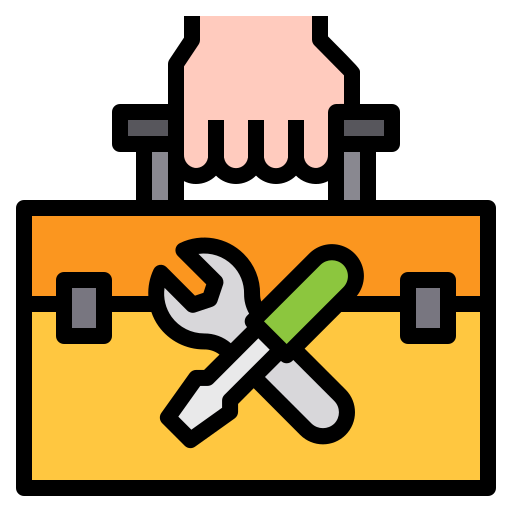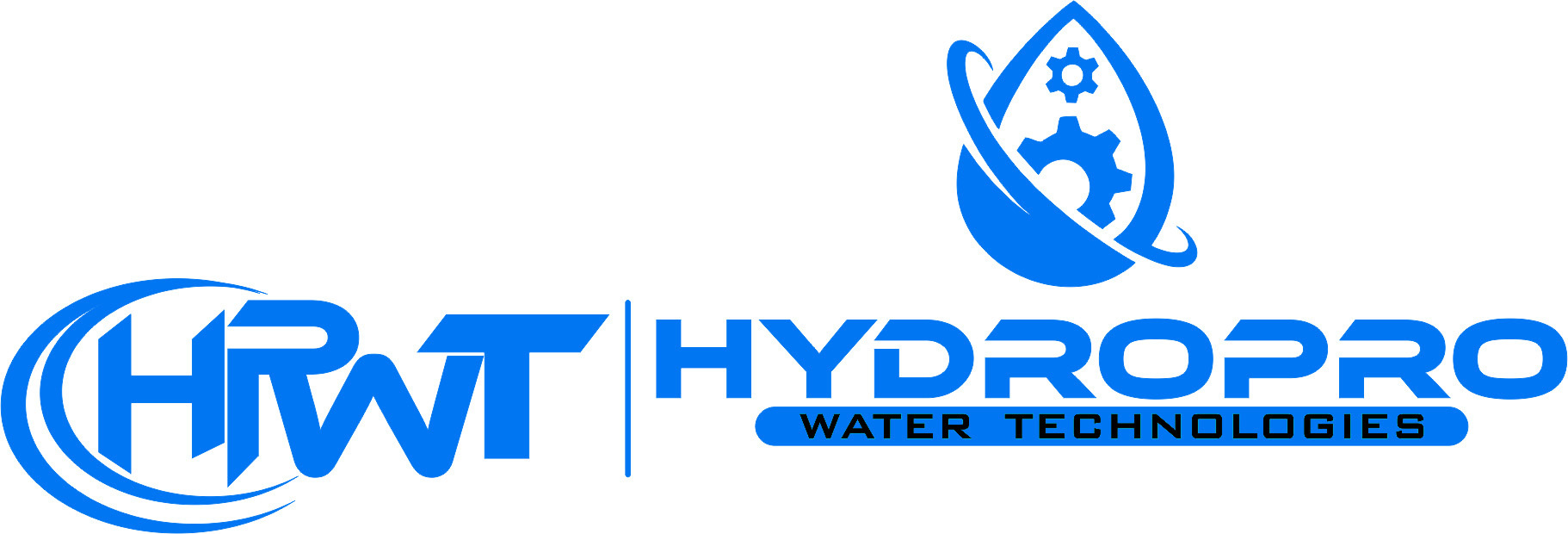Repair & Maintanance
Repair & Maintanance

Troubleshooting
Troubleshooting and maintenance of water systems are critical to ensure uninterrupted water supply and safety. Start by identifying the issue, whether it’s a leak, low pressure, or water quality problems. Check the water source for disruptions or contamination. Inspect pipes and fixtures for leaks, ensuring valves are correctly positioned. Regularly clean or replace filters and screens to maintain flow. Test water quality if you detect changes and address contamination with treatment systems or experts. Examine and maintain pumps, addressing any wear or malfunctions. Periodically drain and flush the system to remove sediment. Consult professionals for complex issues. Establish a preventive maintenance schedule to avoid future problems, including inspections, filter changes, and water quality tests. Proper maintenance ensures the efficiency and longevity of your water system, saving you from costly disruptions and repairs

Revamping
Revamping a water system involves a comprehensive overhaul to improve its performance, efficiency, or reliability. The process includes

Assessment and Planning
Begin by assessing the current system, identifying weaknesses, and setting clear goals for improvement.

Dismantling and Replacement
Carefully dismantle and replace outdated or malfunctioning components such as pipes, pumps, and valves.

Upgrading Controls
Enhance control systems with advanced technology to monitor and manage the water system more effectively, ensuring optimal operation

Testing and Calibration
After installation, rigorously test and calibrate the system to ensure it meets the desired performance standards

Documentation and Training
Keep detailed records of changes made during revamping and provide training to maintenance personnel for proper system operation

Regular Maintenance
Establish a maintenance schedule to keep the revamped system in top condition. Conduct routine checks, cleaning, and preventive measures to avoid future issues

Monitoring and Optimization
Continuously monitor system performance and make necessary adjustments for optimization, ensuring long-term efficiency and reliability

Compliance and Regulations
Ensure the revamped system complies with all relevant regulations and safety standards
MAINTENANACE CONTRACTS
Maintenance contracts for water systems are formal agreements between a service provider and a water system owner or operator, typically municipalities, industries, or commercial entities. These contracts ensure the ongoing care and optimal performance of water-related infrastructure. In such contracts, the service provider commits to a set of maintenance tasks, which can include regular inspections, repairs, replacements, and preventive measures for various system components, such as pumps, pipes, valves, and filtration systems. The frequency and scope of these tasks are typically outlined in the contract terms.Maintenance contracts offer several advantages, including predictable costs, extended equipment lifespan, reduced downtime, and compliance with regulatory requirements. They also provide peace of mind to water system owners, as they can rely on experts to keep their systems running efficiently and safely.These contracts often stipulate response times for emergencies and may include clauses for performance guarantees and penalties for service provider failures. Properly structured maintenance contracts are essential to ensuring the long-term sustainability and reliability of water systems while meeting quality and compliance standards
